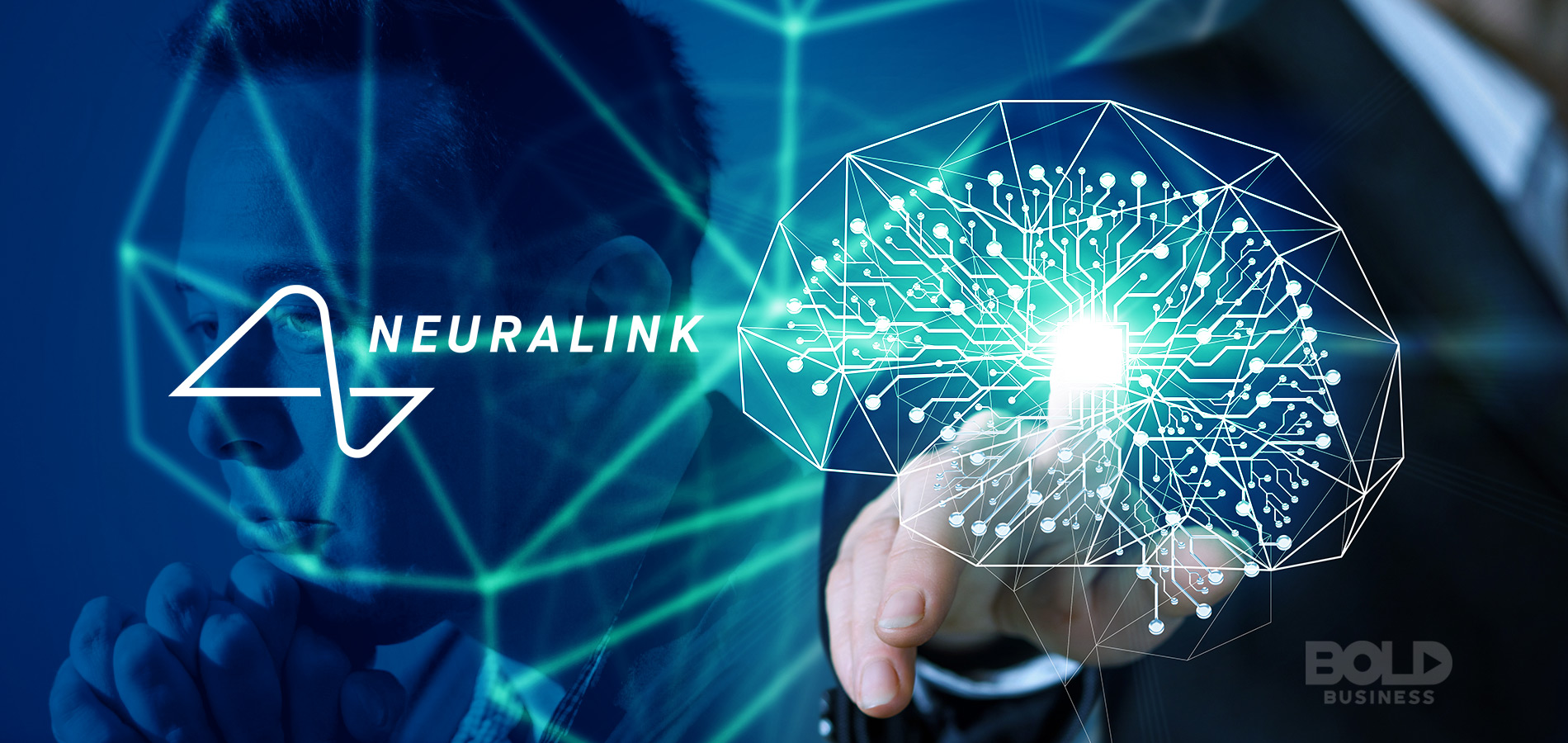
Virtual Identity and Digital Integrity
In today’s digital age, virtual identity has become an integral part of our online existence. It is the representation of who we are in the digital world, and it plays a significant role in our interactions with the online community. However, the growing concern of identity theft and data breaches highlights the need for a secure and reliable system to manage virtual identity. Blockchain technology has emerged as a potential solution to these challenges, offering a secure and decentralized platform for identity management. In this article, we will explore the role of blockchain in virtual identity and its impact on digital integrity.
Understanding the Blockchain Technology
Blockchain technology is a distributed ledger that provides a secure and transparent system for recording transactions. It is a decentralized system that operates on a peer-to-peer network, eliminating the need for a central authority to govern the transactions. Each block in the chain is linked to the previous block, creating an unalterable record of all the transactions. The security of the blockchain lies in its consensus mechanism, which ensures that all network participants agree on the validity of each transaction.
The Role of Blockchain in Identity Management
Blockchain technology offers a secure and decentralized platform for identity management, enabling individuals to have greater control over their personal data. Instead of relying on central authorities to manage identity, blockchain allows individuals to create and manage their own digital identities. This eliminates the need for third-party authentication, providing a more secure and efficient system for identity verification.
Safeguarding Personal Data with Blockchain
Blockchain technology provides a secure platform for storing and sharing personal data. The decentralization of the blockchain ensures that there is no single point of failure, making it difficult for hackers to breach the system. The use of encryption algorithms further enhances the security of the data, ensuring that only authorized individuals can access it.
The Benefits of Blockchain for Digital Integrity
Blockchain technology has the potential to revolutionize the way we manage digital identities, offering several benefits for digital integrity. Firstly, it provides a secure and decentralized platform for identity management, eliminating the need for third-party authentication. Secondly, it ensures the security of personal data, safeguarding against data breaches and identity theft. Thirdly, it provides greater transparency and accountability, enabling individuals to have greater control over their data.
Blockchain and Biometric Authentication
Blockchain technology can also be used for biometric authentication, providing an additional layer of security for identity management. Biometric authentication uses unique biological characteristics such as fingerprints and facial recognition to verify identity. By combining biometric authentication with blockchain, we can create a more secure and efficient system for identity verification.
The Future of Digital Identity with Blockchain
The future of digital identity is closely linked to the development of blockchain technology. With the increasing use of blockchain in identity management, we can expect to see a more secure and efficient system for managing virtual identity. The use of biometric authentication and encryption algorithms will further enhance the security of the system, providing a reliable platform for managing personal data.
Overcoming the Challenges of Blockchain Implementation
The implementation of blockchain technology presents several challenges, including scalability, interoperability and regulatory issues. Scalability is a major challenge for blockchain, as the system needs to be able to handle a large number of transactions. Interoperability is also a challenge, as different blockchain networks may not be compatible with each other. Regulatory issues also need to be addressed, as the use of blockchain in identity management raises several legal and ethical concerns.
Regulatory Frameworks for Blockchain and Virtual Identity
Regulatory frameworks for blockchain and virtual identity are still in the early stages of development. However, several initiatives have been launched to address the legal and ethical issues surrounding blockchain technology. The EU’s General Data Protection Regulation (GDPR) and the US’s National Institute of Standards and Technology (NIST) are two examples of regulatory frameworks that aim to promote the responsible use of blockchain in identity management.
Use Cases of Blockchain in Virtual Identity
Blockchain technology has several use cases in virtual identity, including digital identity management, biometric authentication, and secure data storage. The use of blockchain in virtual identity can also be extended to other applications, such as healthcare, finance, and e-commerce.
Conclusion: The Path Towards Digital Integrity
Blockchain technology has the potential to transform the way we manage virtual identity and promote digital integrity. By providing a secure and decentralized platform for identity management, blockchain can eliminate the need for third-party authentication, safeguard personal data, and enhance transparency and accountability. While there are still challenges to overcome, the future of digital identity looks promising with the use of blockchain technology.
References and Further Reading
- Böhme, R., Christin, N., Edelman, B., & Moore, T. (2015). Bitcoin: Economics, technology, and governance. Journal of Economic Perspectives, 29(2), 213-238.
- Nakamoto, S. (2008). Bitcoin: A peer-to-peer electronic cash system. Retrieved from https://bitcoin.org/bitcoin.pdf
- Swan, M. (2015). Blockchain: Blueprint for a new economy. Sebastopol, CA: O’Reilly Media.

